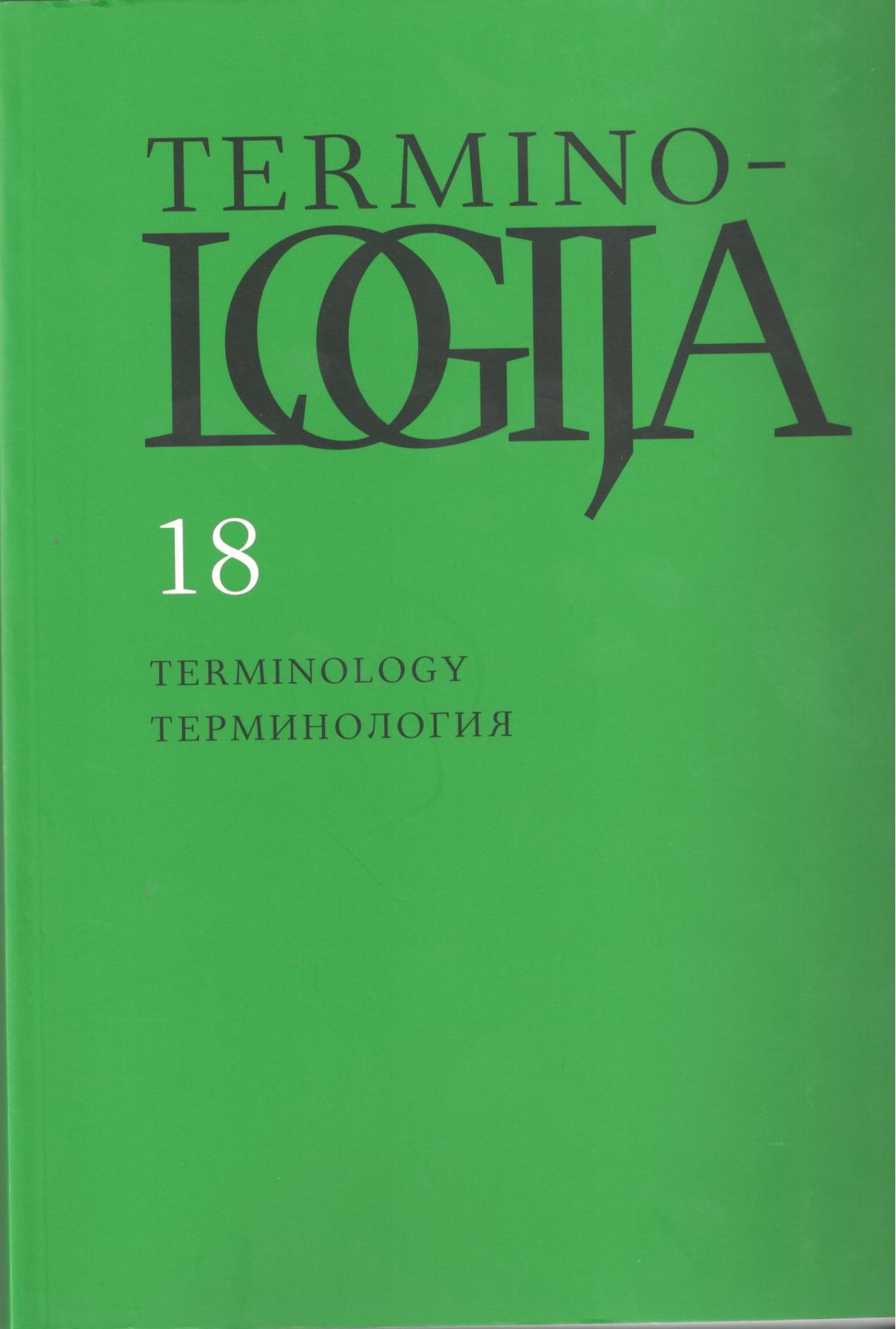Keleivio straipsnių apie sveikatą terminai
Terms of articles on health in Keleivis
Author(s): Palmira ZemlevičiūtėSubject(s): Language and Literature Studies, Lexis, Historical Linguistics, Descriptive linguistics, Baltic Languages, Health and medicine and law, Philology
Published by: Lietuvių Kalbos Institutas
Keywords: medicine; health; medical term;
Summary/Abstract: The paper deals with terminology in articles on health in the Lithuanian weekly newspaper Keleiwis iβ Karaliaucʒiaus Broliams Lietuwininkams inês parneβąs (Traveller from Königsberg Bringing News for Lithuanian Brothers) published in Konigsberg from 1849–1880.During the period of 1853–1879 there were nineteen articles on various health issues and their treatment published.These articles on health are important when searching for the beginning of the Lithuanian medical terminology. Medical terms used in these articles are mainly of the Lithuanian origin. Undoubtedly such choice was influenced by the editor of the weekly Frydrichas Kuršaitis (Friedrich Kurschat) who had a good command of Lithuanian and wrote many articles himself. These articles contain some borrowings mainly from Slavic, as well as from German, Greek, Latin and other languages. Many borrowings of Slavic origin, such as liekarstva (drug), liekorius (doctor), rona (wound) were widely used in spoken language. The majority of Slavisms and Germanisms of these articles are no longer used, except for some old Slavic borrowings which took root in the Lithuanian language a long time ago. Borrowings from Greek and Latin most likely made their way into these articles from German sources. Quite a lot of terms, mainly those naming of the parts of the body (akis (eye), koja (leg), širdis (heart), etc.), as well as diseases (drugys (fever), kosulys (cough), maras (plague), etc.) and other medical concepts (gydymas (healing), lavonas (corpse), ligonis (patient), etc.) are old Lithuanian words of this field, which can be found in old writings and are still being used in modern language of medical science and practice. In the middle of the 19th century Lithuanian orthography varied a lot, therefore it is natural that orthographic variants of medical terms in these articles are numerous. Synonyms are also common, especially of clinical terms, except in the group of anatomy nomenclature. Such variations probably are caused by the fact that the majority of articles were not written by specialists of medicine and also because there was a lack of knowledge about some diseases. Thus, the lack of precise naming and abundance of synonymy are understandable. Descriptive terms and folk names were also used. Some articles have features of scientific text – specific concepts were named using definite adjectives or definite participles, some terms came with other language (mainly German) equivalents.
Journal: Terminologija
- Issue Year: 2011
- Issue No: 18
- Page Range: 92-108
- Page Count: 17
- Language: Lithuanian

